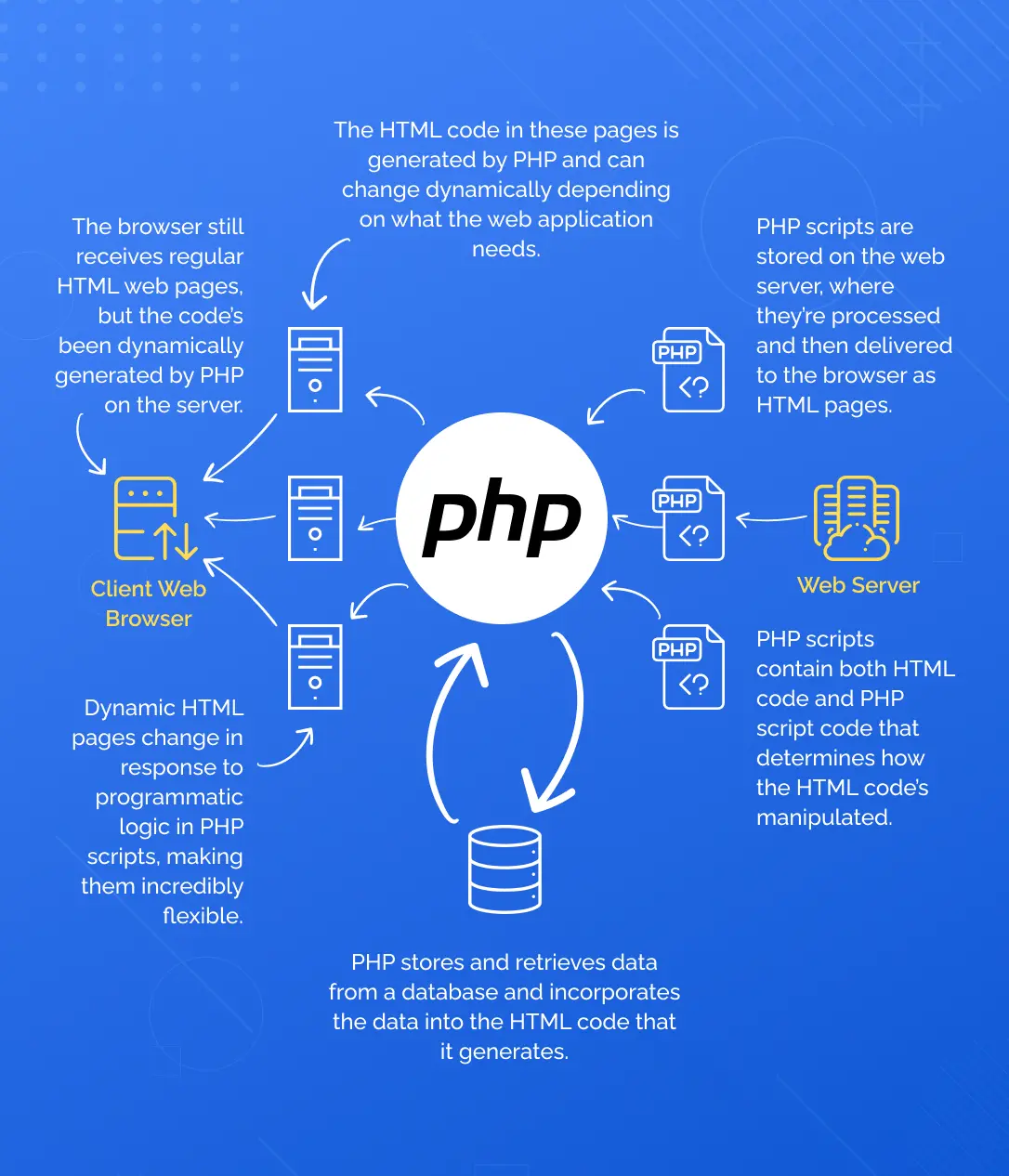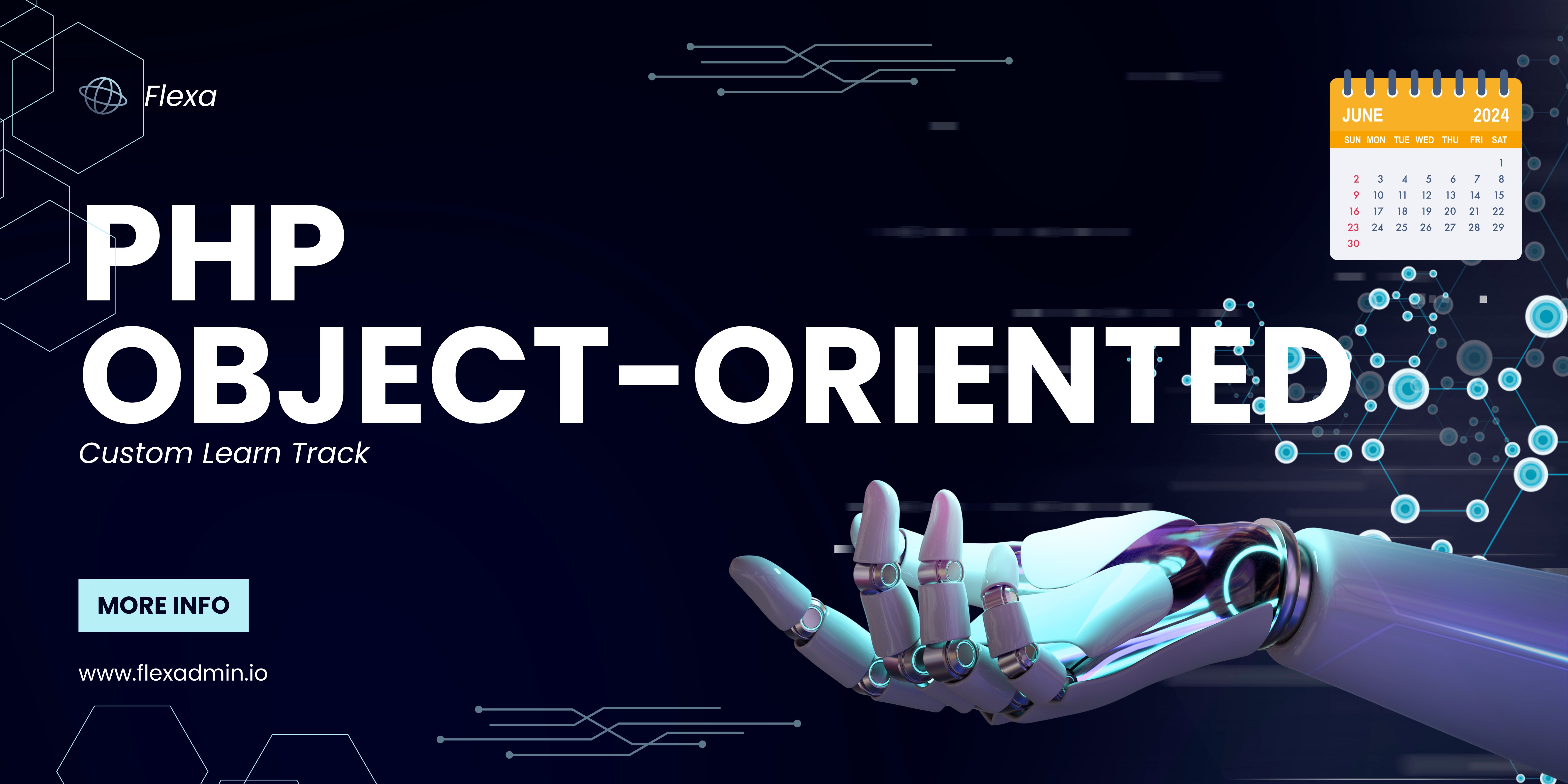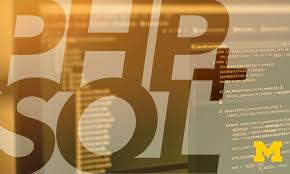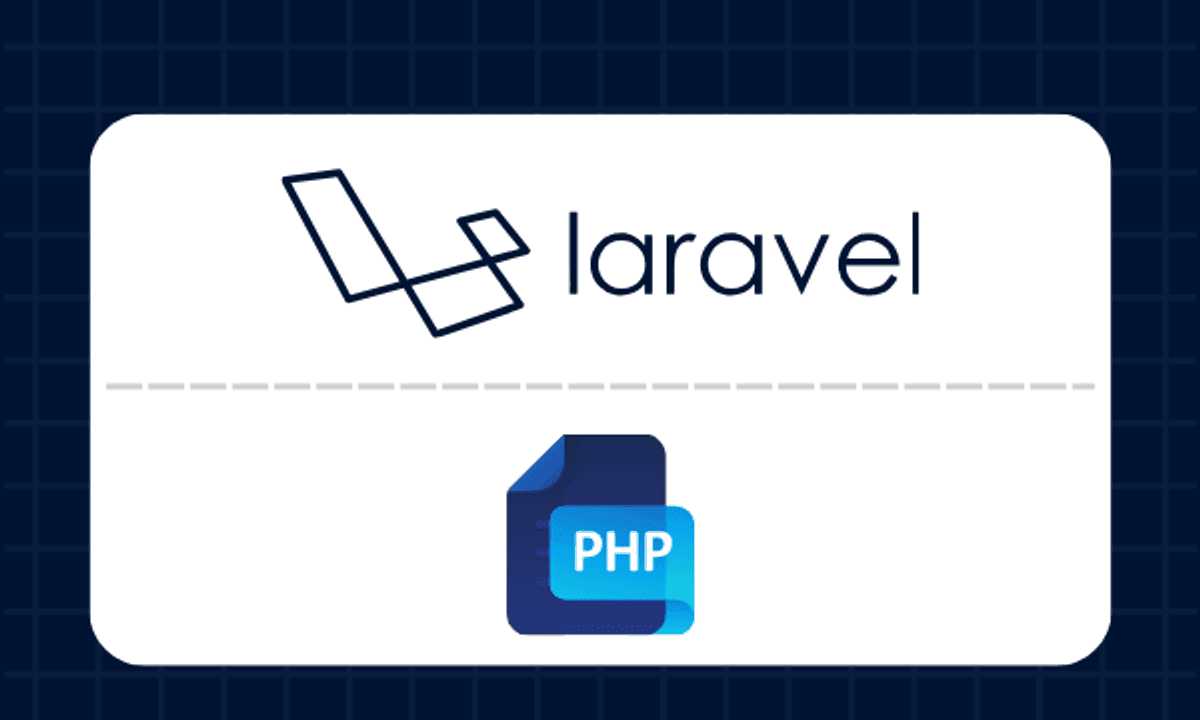Course Overview:
“Building Web Applications in PHP” is a comprehensive course designed to equip students with the essential skills and knowledge needed to develop dynamic and interactive web applications using PHP, one of the most popular server-side scripting languages. This course covers fundamental to advanced PHP concepts, best practices in coding, and integrates various technologies to build robust and scalable web applications.
Course Objectives:
By the end of this course, students will be able to:
- Understand the basics of PHP and its role in web development.
- Develop and manage a PHP-based web application.
- Utilize PHP with HTML, CSS, and JavaScript to create dynamic web pages.
- Implement form handling and validation.
- Interact with databases using MySQL and PHP Data Objects (PDO).
- Apply object-oriented programming (OOP) principles in PHP.
- Secure web applications by mitigating common vulnerabilities.
- Use PHP frameworks to streamline development processes.
Course Outline:
Module 1: Introduction to PHP
- Overview of web technologies
- Introduction to server-side scripting
- Installing and configuring PHP
- Basic PHP syntax and functions
- PHP with HTML and CSS
Module 2: Working with Data
- Variables, data types, and operators
- Control structures: loops and conditionals
- Functions and arrays
- Handling forms with PHP
- Form validation and sanitization
Module 3: Database Integration
- Introduction to MySQL
- Connecting to a MySQL database with PHP
- CRUD operations (Create, Read, Update, Delete)
- Using PHP Data Objects (PDO) for database interactions
- Preventing SQL injection
Module 4: Advanced PHP Concepts
- Session management and cookies
- File handling and manipulation
- Error and exception handling
- Working with JSON and XML
Module 5: Object-Oriented Programming in PHP
- Principles of OOP
- Classes and objects
- Inheritance and polymorphism
- Interfaces and traits
- Building a simple MVC framework
Module 6: PHP Frameworks and Tools
- Introduction to PHP frameworks (Laravel, Symfony, CodeIgniter)
- Setting up and using a PHP framework
- Understanding MVC architecture
- Building a small project with a PHP framework
Module 7: Security in PHP
- Understanding web security fundamentals
- Protecting against XSS, CSRF, and other common vulnerabilities
- Implementing secure user authentication and authorization
- Best practices for secure coding
Module 8: Final Project
- Planning and designing a web application
- Implementing core features using PHP
- Integrating frontend and backend
- Testing and debugging
- Deploying the web application
Course Materials:
- Recommended Textbooks:
- “PHP & MySQL: Novice to Ninja” by Kevin Yank
- “Learning PHP, MySQL & JavaScript” by Robin Nixon
- Online Resources:
- PHP official documentation (php.net)
- W3Schools PHP Tutorial
- Stack Overflow for community support
Assessment and Certification:
- Quizzes and assignments after each module
- Mid-term project focusing on database integration
- Final project showcasing a complete web application
- Certificates awarded upon successful completion of the course
Prerequisites:
- Basic understanding of HTML and CSS
- Familiarity with basic programming concepts (recommended)
Who Should Attend:
- Aspiring web developers and programmers
- Students and professionals looking to enhance their web development skills
- Anyone interested in learning PHP for web development



